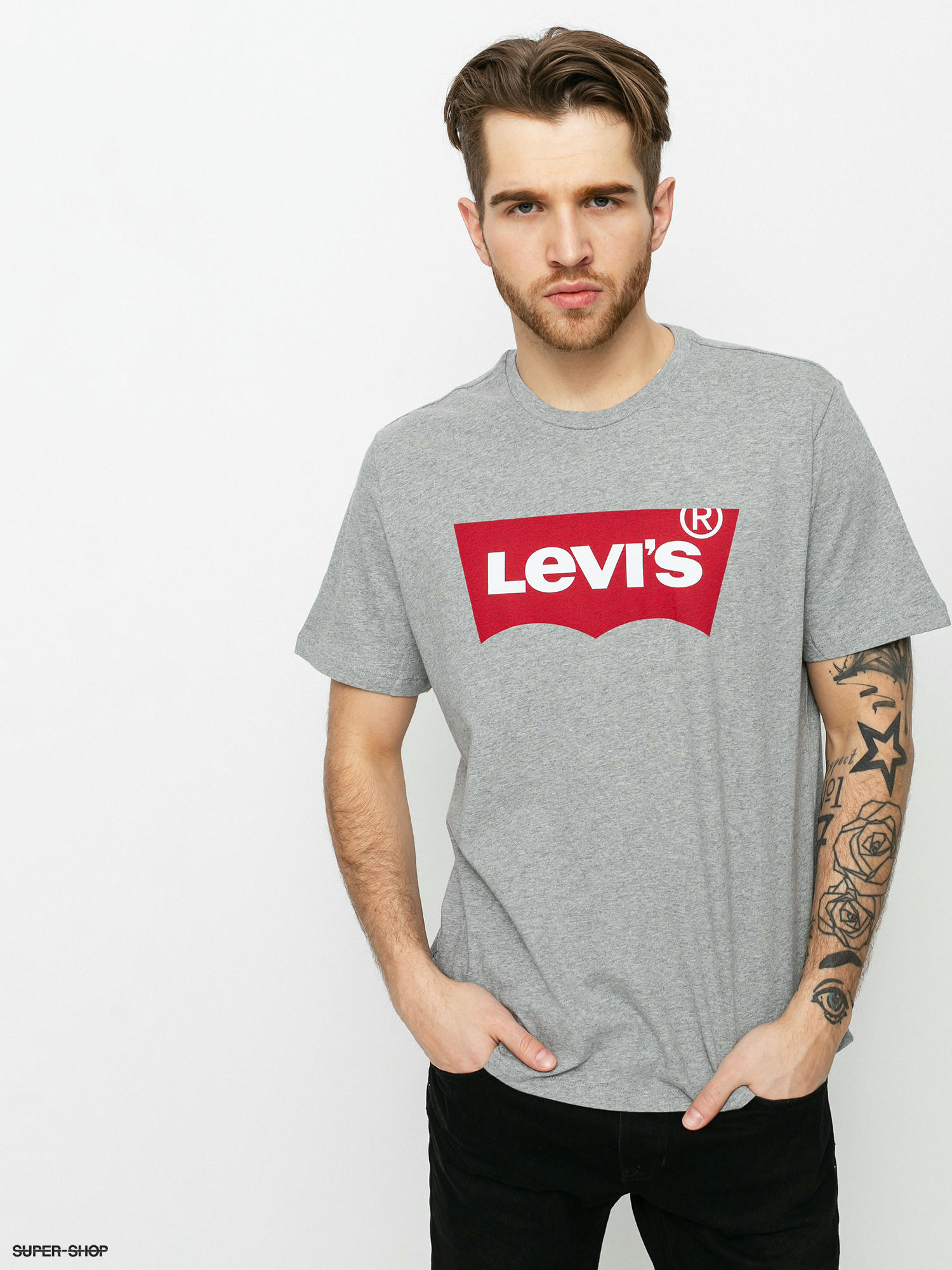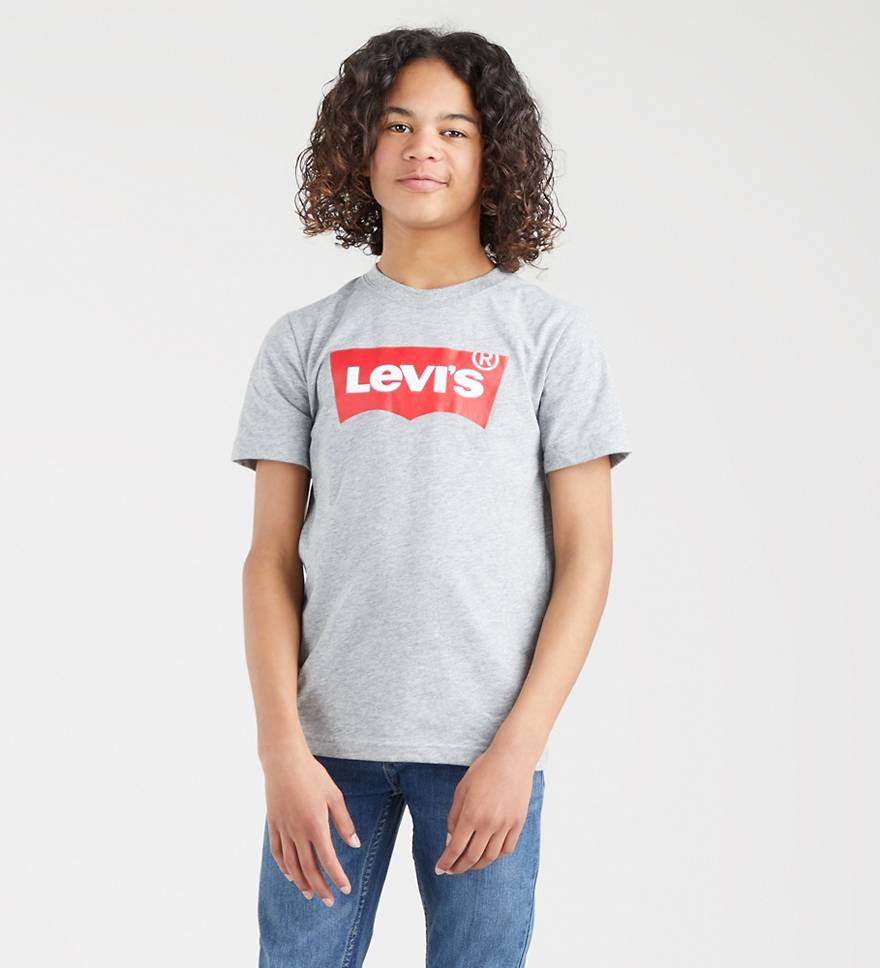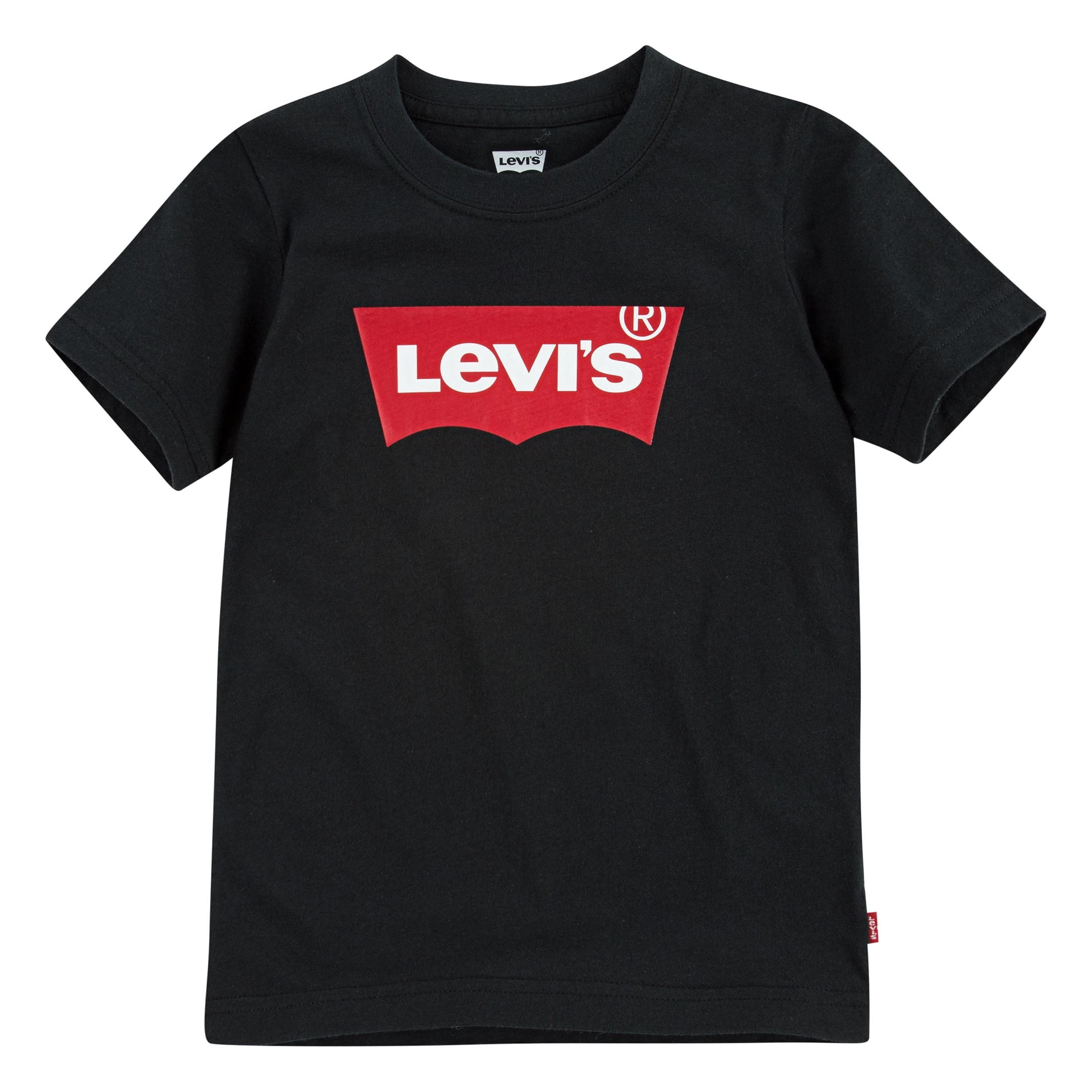This Item Ships For Free!
Grey levis t shirt sale
Grey levis t shirt sale, Levi s Graphic T shirt heather grey sale
4.7
Grey levis t shirt sale
Best useBest Use Learn More
All AroundAll Around
Max CushionMax Cushion
SurfaceSurface Learn More
Roads & PavementRoads & Pavement
StabilityStability Learn More
Neutral
Stable
CushioningCushioning Learn More
Barefoot
Minimal
Low
Medium
High
Maximal
Product Details:
Amazon Levi s Boys Toddler Embellished Batwing T Shirt sale, Levi s 2 Horse Graphic Short Sleeve T Shirt Dillard s sale, Relaxed Fit Short Sleeve Graphic T shirt Grey Levi s US sale, Levi s Logo T Shirt Baby Girls 12 24M sale, Levi s 3 Pack Men s Crew Neck Premium Cotton T Shirts Size M L sale, Levi s Big Boys Crew Neck Long Sleeve Graphic T Shirt Color Grey sale, Levi s Logo T shirt Big Boys S xl Grey Levi s US sale, Levi s THE PERFECT GRAPHIC TEE HEATHER GREY sale, Amazon Levi s Boys Big Basic Logo T Shirt Grey Sportswear sale, Levis Logo T Shirt Made in Turkey Various sizes NWT eBay sale, Levi s Boys Short Sleeve Batwing T Shirt Sizes 4 18 Walmart sale, Levi s Logo T shirt Baby Girls 12 24m Grey Levi s US sale, Levi s GRAPHIC SET IN NECK Print T shirt midtone grey mottled sale, Classic Graphic T shirt White Levi s US sale, Teenager Batwing Tee Grey Levi s GB sale, Levi s Graphic T shirt heather grey sale, Amazon Levi s Boys 2 Pack Graphic T Shirt White Clothing sale, Graphic Set in Neck Tee Grey Levi s CY sale, T shirts Levi s Sportawear Logo Graphic 84 Melange Grey Queens sale, Levi s Logo T shirt Big Boys S xl Grey Levi s US sale, Levi s Men s Classic Fit Short Sleeve Camo Batwing Logo Crewneck T Shirt White S sale, Levi s Toddler Boy 2PK Short Sleeve Graphic T Shirts Sizes 2T 4T sale, Levi s X New Balance Graphic Tee Shirt Grey Levi s US sale, Levi s The Perfect T shirt Bibloo sale, Levi s Girls Short Sleeve Oversized Batwing Graphic T shirt sale, Levi s Housemark Tee GREY sale, Relaxed Fit Short Sleeve Graphic T shirt Grey Levi s US sale, Levi s Ringer Batwing Tee Little Boys 4 7 Grey Levi s US sale, Two Horse Graphic Tee Shirt Grey Levi s US sale, Levi s Men s Batwing Logo T shirt Heather Grey sale, Levi s Logo T shirt Big Girls S xl Grey Levi s US sale, Levi s Men s Batwing T shirt Charcoal Grey sale, Levi s Logo T Shirt Big Girls S XL sale, Sportswear Logo Tee Shirt sale, Levi s Logo Classic T shirt Grey Levi s US sale, Product Info: Grey levis t shirt sale.
- Increased inherent stability
- Smooth transitions
- All day comfort
Model Number: SKU#7401209





